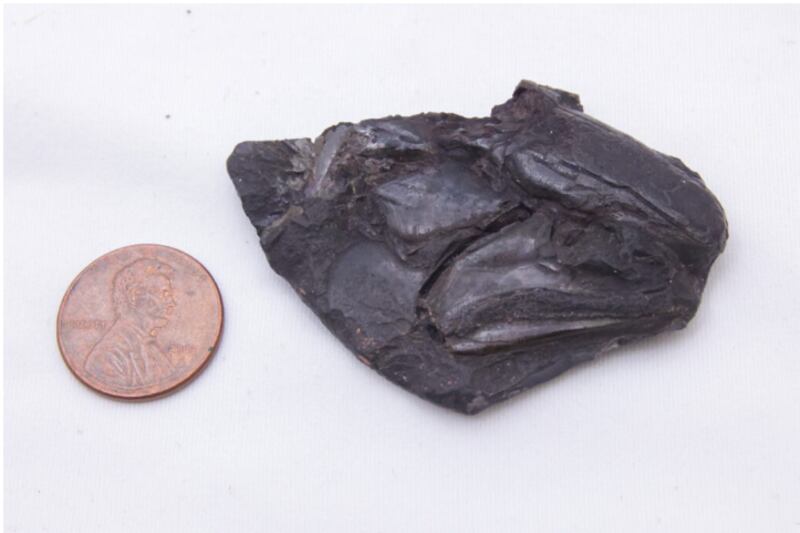Scientists from a University of Michigan-led study stumbled upon something they weren’t expecting to find in a fossilized fish skull discovered almost 100 years earlier in a Lancashire, England, coal mine.
Utilized as a part of Rodrigo Figueroa’s doctoral dissertation at the University of Michigan, the project was supervised by paleontologist Matt Friedman, who found that there was a distinctly shaped mass within the fossilized skull during a computed tomography scan.
“Here we’ve found remarkable preservation in a fossil examined several times before by multiple people over the past century. But because we have these new tools for looking inside of fossils, it reveals another layer of information to us.” — Matt Friedman
“It had all these features, and I said to myself, ‘Is this really a brain that I’m looking at?’” Friedman said in a University of Michigan press release. “So I zoomed in on that region of the skull to make a second, higher-resolution scan, and it was very clear that that’s exactly what it had to be. And it was only because this was such an unambiguous example that we decided to take it further.”
Since the scientists were not expecting to find a brain inside the skull, it came as quite a surprise.
“This is such an exciting and unanticipated find,” Sam Giles, a co-author of the study and a senior research fellow and vertebrate paleontologist at the University of Birmingham in England, told CNN.
“It was so unexpected that it took us a while to be certain that it actually was a brain. Aside from being just a preservational curiosity, the anatomy of the brain in this fossil has big implications for our understanding of brain evolution in fishes,” she added.
It’s very rare to find intact brains, but not impossible, according to the researchers. This one is unique, though, because not only could it be the oldest ever discovered — thought to be 319 million years old — but it has great detail that’s not found in other flattened fossilized brains found around its same age.
“Here we’ve found remarkable preservation in a fossil examined several times before by multiple people over the past century,” Friedman said in the University of Michigan press release. “But because we have these new tools for looking inside of fossils, it reveals another layer of information to us.”
Figueroa, who was the lead study author, said that the soapstone the fossil was buried in created an environment with very little oxygen, per CNN. And as it was buried quickly by fine-grained sediment, the skull created a “chemical micro-environment” that allowed the brain to be almost perfectly preserved within the skull.
The scientists suspect that it can provide valuable insight into this ancient relative of one of the biggest fish groups alive today, which accounts for about 30,000 species, per the university release.
“That’s why holding onto the physical specimens is so important,” concluded Friedman in the release. “Because who knows, in 100 years, what people might be able to do with the fossils in our collections now.”


